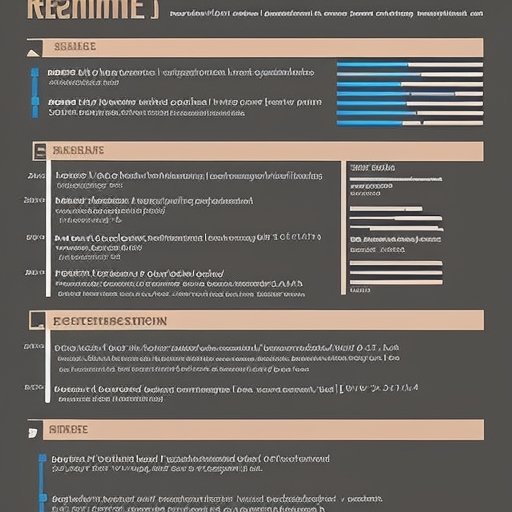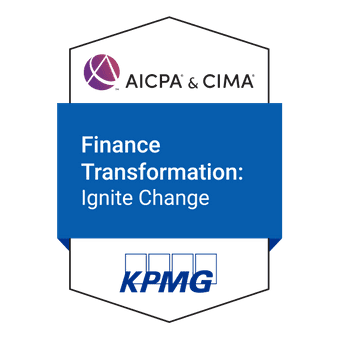IFRS 17 - Are you ready?
IFRS 17, the latest standard issued by the International Accounting Standards Board (IASB), establishes principles for the recognition, measurement, presentation and disclosures of insurance and reinsurance contracts issued and held by entities. The standard, similar to IFRS 4, focuses on types of contracts rather than types of entities and hence, generally applies to all entities that write insurance contracts. The standard is to be effective 1 Jan, 2023. Considering that we still have two years to comply,
Why discuss this now? The reason lies in the complexity of the standard itself, not only with respect to its application, but also in relation to its interpretation.
IFRS 17 will supersede IFRS 4, which is the current financial reporting standard under which insurance companies prepare their financial statements. This article discusses how IFRS 17 differs from IFRS 4, and provides an overview of the standard and its application.
IFRS 17 applies to the following contracts:
- Insurance contracts issued by an entity,
- Reinsurance contracts issued by an entity,
- Part of the insurance contracts that a company has ceded (sold/transferred risk) to the reinsurance company (reinsurance contracts held by an entity),
- Investment contracts with discretionary participation features, provided the entity also issues insurance contracts
IFRS 17 vs. IFRS 4
The key difference between IFRS 17 and IFRS 4 is the consistency of application of accounting treatments to areas such as revenue recognition and liability valuation. Under IFRS 4, entities were free to derive their own interpretations of revenue recognition and calculation of reserves. For example, it was at the discretion of the companies to include risk adjustment in the liabilities under IFRS 4, whereas it is now mandatory under IFRS 17. The table below provides more detail around the fundamental differences between IFRS 4 and IFRS 17.
|
Profit recognition at the start of the contract. |
Upfront revenue recognition is not permitted. Mandatory early recognition of losses on onerous contracts. |
|
Revenue includes premium and may include an investment component. |
Revenue excludes any investment component and represents the reduction of the liabilities held as the entity provides insurance service and respective risk is released. |
|
Reinsurance is calculated on a net basis. |
Reinsurance is calculated separately. |
|
Change in value of market variables goes through P&L. |
Change in value of market variables may go through P&L or OCI. |
|
Disclosures help users understand amounts in the insurer’s financial statements. |
Disclosures are more detailed and granular. |
|
Discretion in determining separation of components |
Separation of components is required only if distinct |
IFRS 17 brings with it a lot of challenges and opportunities for insurance companies. Some of these key challenges, and how to manage them, include:
High operational costs : Entities need to acknowledge that the program and cost will span several years and should plan budgets accordingly.
8 Formats for Crafting a Leave Application for Marriage!
A fragmented and complex IT infrastructure legacy :Involvement of IT vendors and consultants with proven experience at early stages.
Human resource capabilities :Regular training and coaching with practical examples and scenarios. Hiring of professional staff with expertise in insurance.
Readiness of Board of Directors (BoD) :Training sessions for BoD, Executive Committees, Audit Committees with respect to IFRS 17.
Ownership to implement change :Establishment of steering committees with specific assigned tasks.
Want to learn IFRS fast with, click here
Read all our IFRS posts here
From the blog
View allOther popular blogs
Follow these links to help you prepare for the ACCA exams
Follow these blogs to stay updated on IFRS
Use these formats for day to day operations
- Account closure format
- Insurance claim letter format
- Transfer certification application format
- Resignation acceptance letter format
- School leaving certificate format
- Letter of experience insurance
- Insurance cancellation letter format
- format for Thank you email after an interview
- application for teaching job
- ACCA PER examples
- Leave application for office
- Marketing manager cover letter
- Nursing job cover letter
- Leave letter to class teacher
- leave letter in hindi for fever
- Leave letter for stomach pain
- Leave application in hindi
- Relieving letter format
Link for blogs for various interview questions with answers
- Strategic interview questions
- Accounts payable interview questions
- IFRS interview questions
- CA Articleship interview questions
- AML and KYC interview questions
- Accounts receivable interview questions
- GST interview questions
- ESG Interview questions
- IFRS 17 interview questions
- Concentric Advisors interview questions
- Questions to ask at the end of an interview
- Business Analyst interview questions
- Interview outfits for women
- Why should we hire you question
Popular blogs
Leave application format
Crafting the perfect leave application for any scenario, from personal emergencies to medical leaves, often presents a challenge. To simplify this task, we've assembled an extensive index of leave application formats designed for various circumstances. Our collection is aimed at enhancing the clarity and professionalism of your leave requests. Dive into our index to discover the template that aligns with your specific needs, facilitating a smoother leave application journey.
List of Leave application formats
- Leave application for office
- Leave application for school
- Leave application for sick leave
- Leave application for marriage
- leave application for personal reasons
- Maternity leave application
- Leave application for sister marriage
- Casual leave application
- Leave application for 2 days
- Leave application for urgent work
- Application for sick leave to school
- One day leave application
- Half day leave application
- Leave application for fever
- Privilege leave
- Leave letter to school due to stomach pain
- How to write leave letter










Leave a comment